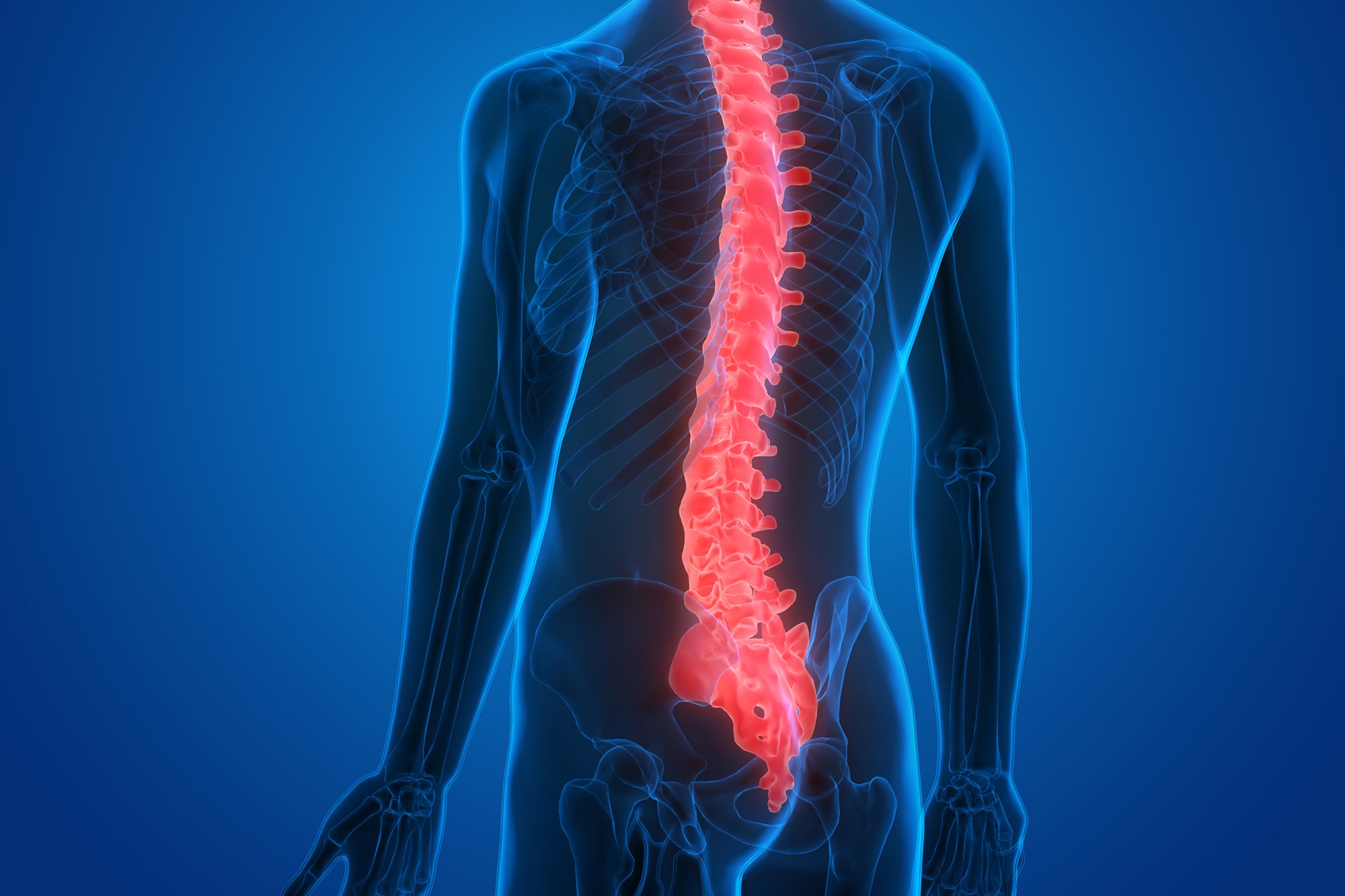
New research demonstrates that the spinal cord can learn and remember movements independently, challenging traditional views about its role and potentially enhancing rehabilitation strategies for spinal injury patients.
New research reveals that neurons in the spinal cord have the ability to learn and retain information independently of the brain.
The spinal cord is often described as simply a conduit for transmitting signals between the brain and the body. However, the spinal cord can learn and remember movements on its own.
A team of researchers at the Leuven-based Neuroelectronics Research Center of Flanders (NERF) has detailed how two different neural populations enable the spinal cord to adapt and remember learned behavior in a completely brain-independent way. These remarkable results were published in the journal Sciences, shedding new light on how spinal circuits contribute to the control and automation of movement. These ideas could be relevant to the rehabilitation of people with spinal injuries.
The puzzling plasticity of the spinal cord
The spinal cord modulates and controls our actions and movements by integrating different sources of sensory information, and can do so without input from the brain. Furthermore, neurons in the spinal cord can learn to adjust different tasks independently, given enough repeated practice. However, how the spinal cord achieves this remarkable plasticity has puzzled neuroscientists for decades.
One of these neuroscientists is Professor Aya Takeoka. Her team at Neuroelectronics Research Flanders (NERF, a research institute supported by imec, KU Leuven and VIB) studies how the spinal cord recovers from injuries by exploring how neural connections are wired, and how they function and change as we learn. New movements.
“Although we have evidence of 'learning' within the spinal cord from experiments dating back to the beginning of the 20th century, the question of which neurons are involved and how they encode this learning experience has remained unanswered,” says Professor Takeoka. .
Part of the problem is the difficulty of directly measuring the activity of individual neurons in the spinal cord in animals that are not sedated but awake and moving. Takeoka's team took advantage of a model in which animals train specific movements within minutes. In doing so, the team revealed a cell type-specific mechanism for spinal cord learning.
Two specific types of neurons
To investigate how the spinal cord learns, doctoral researcher Simon Lavaud and his colleagues in Takeoka's lab built an experimental setup to measure changes in locomotion in mice, inspired by methods used in insect studies. “We evaluated the contribution of six different neuronal populations and identified two populations of neurons, one dorsal and one ventral, that mediate motor learning.”
“These two groups of neurons alternate,” explains Lavaud. “Dorsal neurons help the spinal cord learn a new movement, while ventral neurons help it remember and perform the movement later.”
“You can compare it to a relay race within the spinal cord. The dorsal neurons act like a first runner, passing on sensory information important for learning. The ventral cells then take up the baton, ensuring that the learned movement is remembered and executed smoothly.”
Learning and memory outside the brain
Detailed results published in SciencesIt shows that the activity of neurons in the spinal cord resembles different classical types of learning and memory. Uncovering these learning mechanisms will be crucial, because they are likely to contribute to different ways in which we learn and automate movement, and may also be relevant in the context of rehabilitation, says Professor Aya Takeoka: “The circuits we have described could provide the means for The spinal cord is involved in movement learning and long-term motor memory, both of which help us move, not only in normal health but especially during recovery from brain or spinal cord injuries.
Reference: “Two classes of inhibitory neurons govern the acquisition and retrieval of spinal sensorimotor adaptation” by Simone Lavaud, Charlotte Bishara, Mattia Dandola, Shu Hao Yeh, and Aya Takeoka, April 11, 2024, Sciences.
doi: 10.1126/science.adf6801
The research (the team) was supported by the Flanders Research Foundation (FWO), the Marie Skłodowska-Curie Action (MSCA), the Taiwan-KU Leuven Doctoral Fellowship (P1040), and the Wings for Life Myeloid Research Foundation.

“Web maven. Infuriatingly humble beer geek. Bacon fanatic. Typical creator. Music expert.”





More Stories
NASA Close to Deciding What to Do With Boeing’s Troubled Starliner Spacecraft
Scientists May Have Discovered ‘Dark Oxygen’ Created Without Photosynthesis: NPR
Real Scientists Lived on Fake Mars in a Texas Shed for a Year